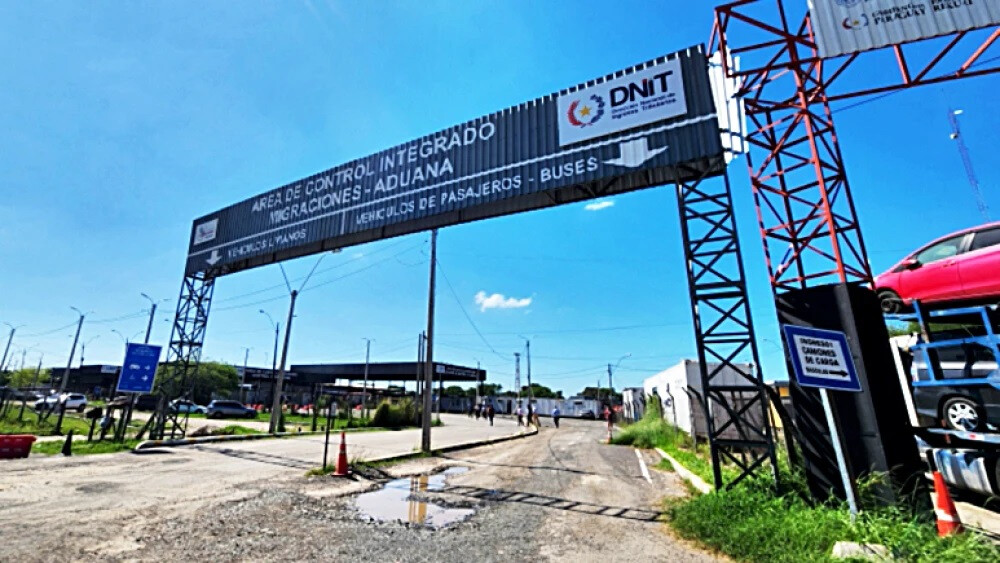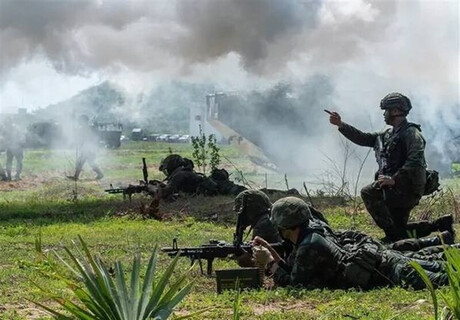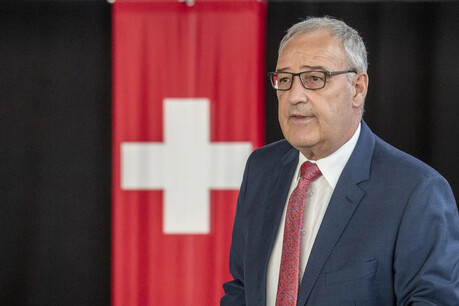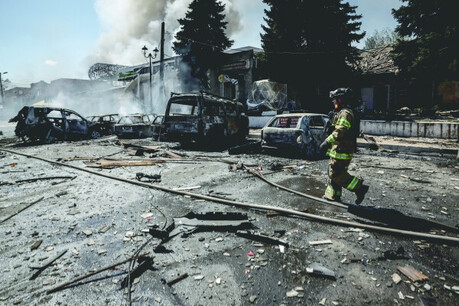
ASUNCIÓN - The modernization of the Puertro Falcón border crossing, a key gateway between Paraguay and Argentina, has begun. The total investment exceeds $55.6 million (approximately 76 billion Korean Won), funded by $32.6 million in non-refundable funds from the Mercosur Structural Convergence Fund (FOCEM) and $23 million from the Paraguayan government.
This project was initiated under Paraguayan Presidential Decree No. 10003 to revitalize logistics and human traffic within the South American economic bloc. On September 6, an initial $1.19 million was allocated for the modernization of the Puertro Falcón border crossing, with the Paraguayan government contributing an additional $431,600. These funds will be managed by the Paraguayan Ministry of Public Works and Communications (MOPC) and overseen by FOCEM's technical department over the next four years.
The modernization project focuses on simplifying logistics and customs procedures and improving border infrastructure. It is expected to accelerate traffic on the Puertro Falcón-Clorinda section, boosting trade and making the movement of people and vehicles across the border more efficient. The Paraguayan Ministry of Foreign Affairs emphasized that "this project is an important step in realizing the goals of Article 1 of the Treaty of Asunción, which stipulates the free movement of goods in South America."
Specifically, the project will begin with signing consulting service contracts, with plans to select construction and supervision firms in June 2026. The Puertro Falcón crossing is located in the José Falcón district of Presidente Hayes Department, Paraguay, and is situated on Paraguay's Route 9, which connects to Argentina's National Route 11. This modernization is expected to not only promote exchange between Paraguay and Argentina but also accelerate economic integration across the entire South American region.
Beyond improving infrastructure, this project also holds significant meaning in enhancing traffic safety in border areas and invigorating the economy, thereby improving the quality of life for residents near the border. Mercosur evaluated this project as a concrete example of how regional economic integration can provide tangible benefits to citizens of member states.
[Copyright (c) Global Economic Times. All Rights Reserved.]






























